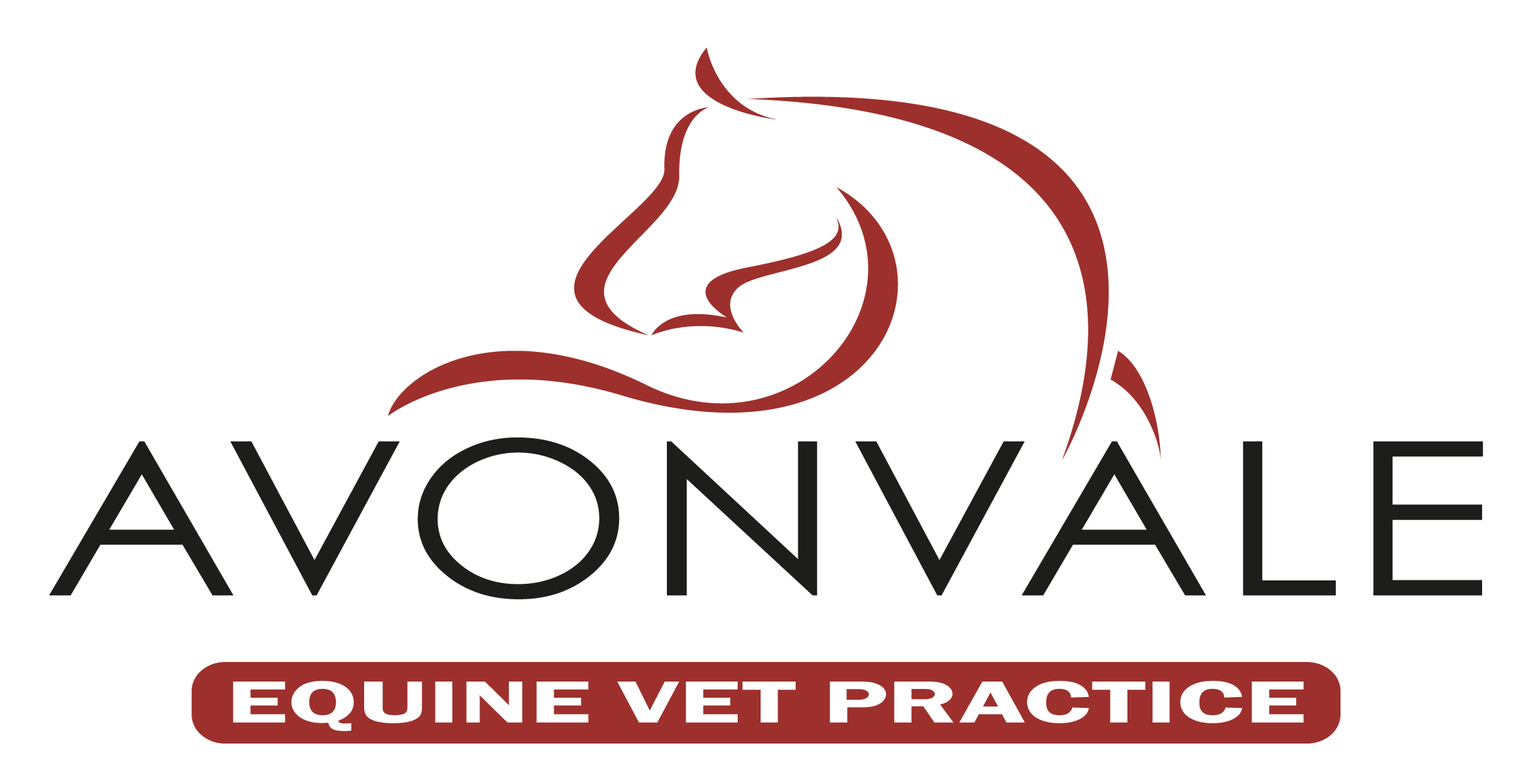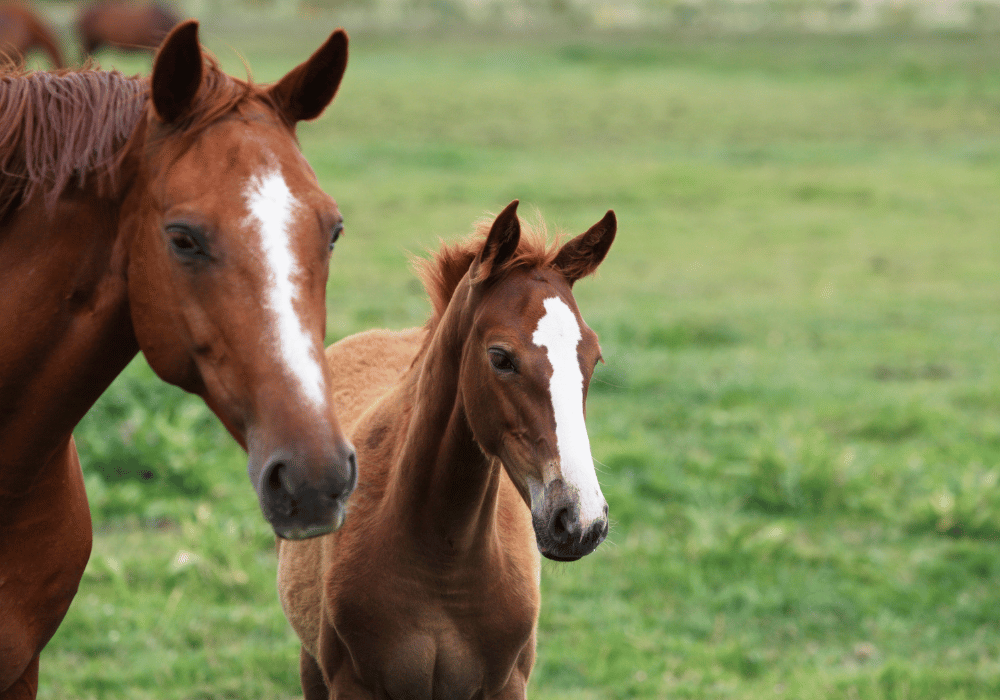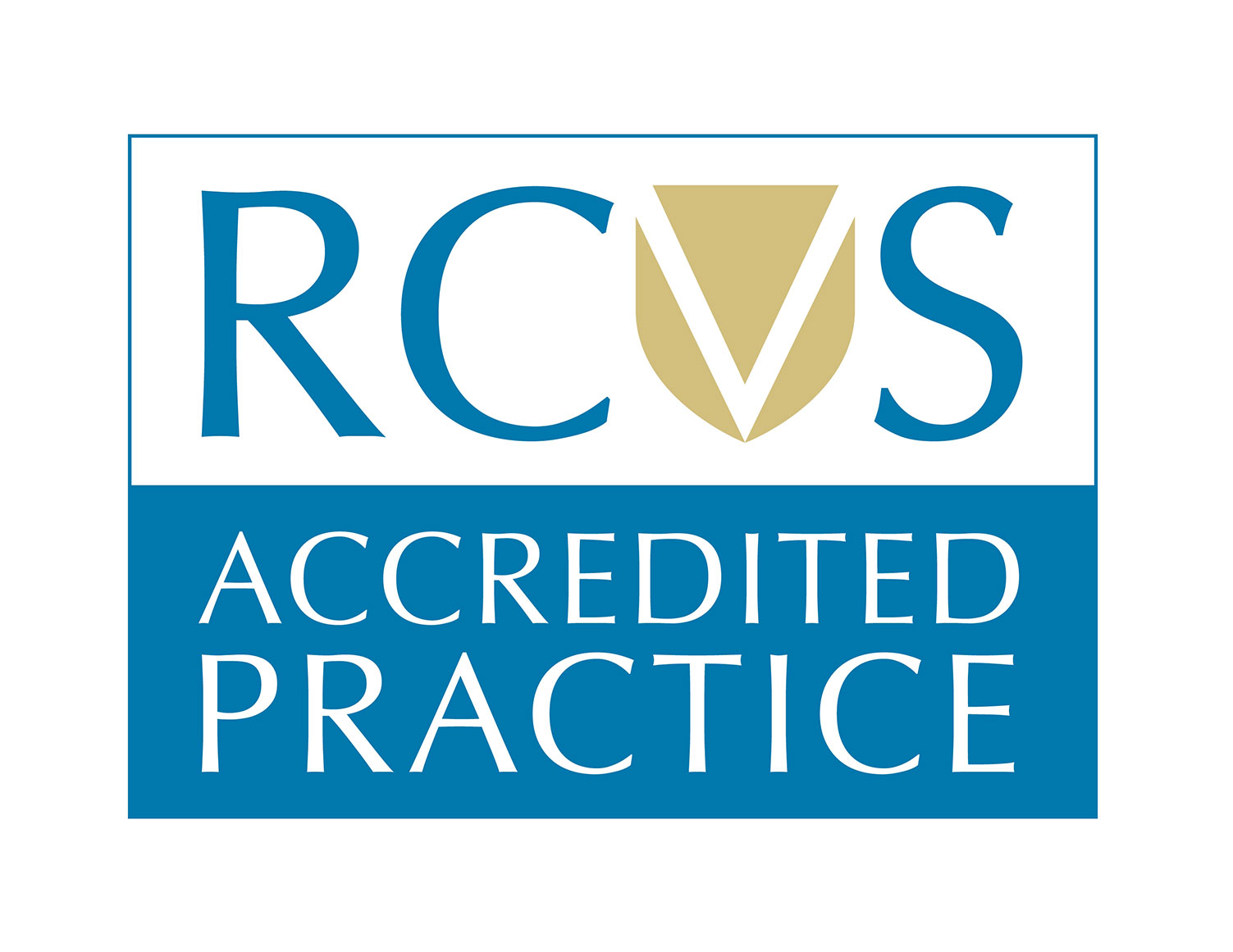It can be incredibly exciting when your mare is in foal. The average gestation period for a horse is around 11 months, and a lot happens in that time. What begins as only a handful of cells results in a newborn foal that can stand, feed and run within a few hours. This blog article provides a brief outline of the stages of equine fetal development.
First Trimester
Month One
The embryo starts out as a handful of cells, which multiply as it begins to develop. The embryo enters the mare’s uterus at around day 6 and begins to move around the uterus before settling at around day 16. This movement of the embryo around the uterus tells the mare’s body that she is pregnant.
Your vet can usually confirm pregnancy around day 14, via an ultrasound examination per rectum. They will usually be able to detect a heartbeat by around day 28.
Your vet will need to check for twins from days 14-17. If twins are detected, the smaller of the two will need to be “squeezed” or “crushed” to protect the mare and the other embryo. Horses are designed to only have one foal at a time, and allowing a mare to continue to carry twins is highly likely to lead to the death of one or both foals or even the mare.
Month Two
From day 40, the unborn foal is known as a foetus. At this point, the facial features and stifle and elbow joints will have begun to develop. Head and limb movements will begin. At this point, the foetus is only around 5 - 7.5 cm in size, but it will have already started to take shape.
Month Three
At this stage, the foal’s hooves will begin to develop. It will also become very active, moving around, and changing direction several times an hour.
Your vet may be able to sex the foal from day 60. There are a couple of windows in which the vet may be able to sex the foal (usually between days 60-90 and days 120-150). Outside of these windows, it is not possible to tell whether the foal is a filly or a colt due to the position of the foal inside the mare’s uterus.
Second Trimester
Months Four-Five
The foal will begin to grow hair on its face, including eyelashes. By month five, the foal will weigh 3-5 kilograms and measure around 20-35 cm. As the foal grows, it will become less active as there is less room for it to move around in the allantoic sac.
Months Six-Seven
By month seven, the foal’s mane and tail will have developed, and the foal should be lying on its back. At this point, the foal will moves into the cranial position (i.e. with its head pointing towards the mare’s cervix) in preparation for the birth. The foal will now weigh around 4-7.5 kg and measure around 35-70 cm. From month seven, the foal will grow rapidly.
Third Trimester
Between months eight and eleven, the foal will develop hair all over its body. It will grow to around 76-147 cm and weigh around 30-60 kg.
The exact point at which your mare will foal will vary based on several factors. Age of the mare, breed, seasonal and environmental factors as well as the health of mare and foal will affect when the foal is born. Your vet will advise you on what to expect and look out for, as well as when to call for veterinary assistance. Our blog article on signs that your mare is ready to foal also offers some useful information.
Avonvale Equine Vet Practice | Equine Reproduction Services & Horse AI
We are an independent equine vet practice based in Upton, near Banbury. Our stud vet team are highly experienced and knowledgeable in equine reproduction, and we offer a number of equine reproduction services. Our equine vet clinic is a British Equine Veterinary Association (BEVA) approved clinic for horse AI, and we offer AI using frozen or chilled semen. If you are considering having your mare put in foal, call us on 01295 670 501 and speak to our team.








